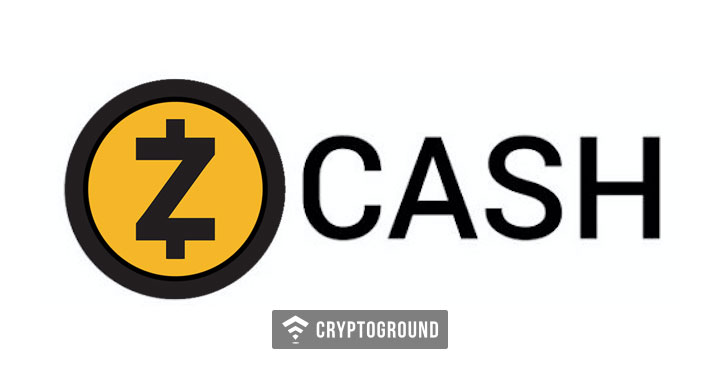Analysts say that even with the recent recovery of bitcoin’s price, the recent bearish run might be far from over.
Data from Coinmarketcap shows that bitcoin is currently trading at $11,654 as at press time. The currency has had a rough week that saw prices plummet down to less than $9,200 at one point. This was the first time since the beginning of December 2017 that its rate had fallen below the $10,000 mark.
It Might not be Over Yet
However, on Thursday the price went back up above $12,000, a rise of more than 30% over the week’s lowest point. This move has not convinced investors of the currency’s full recovery. According to expert analysis, it needs to close the day above $12,500 to justify calling a bottom.
Its historical data reveals that even though the temporary recovery has neutralized the bearish trend, a little more time is needed to confirm its stability. In case it fails to hold above $12,500 over the next 48 hours, it is highly likely that the trader sell-off would continue.
The recent decline comes barely after a month the coin’s recent unexpected peak of $19,500 which shocked many of its coin holders. Many do not know what to make of it, with some terming it as the start of bitcoin’s eventual collapse. Others say that this is just part of its seasonal trends and should not be cause for concern.
Spencer Bogart, a Blockchain Capital partner, says that in spite of this rollercoaster, bitcoin is not crashing any time soon as investors view it as legitimate. However, he notes that some of the smaller virtual currencies are overpriced.
Why the Sudden Volatility?
It was a generally tough week for the crypto industry as other major currencies like ethereum, ripple and litecoin showed similar bearish trends. Speculations abound as to what the probable causes of the sudden turn of events are.
Some attribute it to the recent regulatory changes looming over the industry in some countries.
South Korea, the world’s leading crypto market, had the hardest hit due to reports saying that a ban on crypto trading might be impending. Even though the local government says that this is far from being finalized, the FUD surrounding the reports has led to a massive sell-off of digital currencies in the country.
In China as well, there have been similar regulatory fears in the market after reports that the government would escalate a clampdown targeting local platforms that offer exchange-like services. Digital currency exchange sites in the country were also banned in 2016.
The market’s upheavals may be far from over since the European Union is expected to join the list of authorities implementing crypto regulations. According to Luxembourg’s Minister of Finance, Pierre Gramegna, the risk of money laundering schemes using virtual money platforms is the dominant driving force behind the anticipated regulation discussions on the industry.
"Europe will probably handle it together because, obviously, it’s something that touches upon the single European market, so it has to be done at European level," he explained.
























